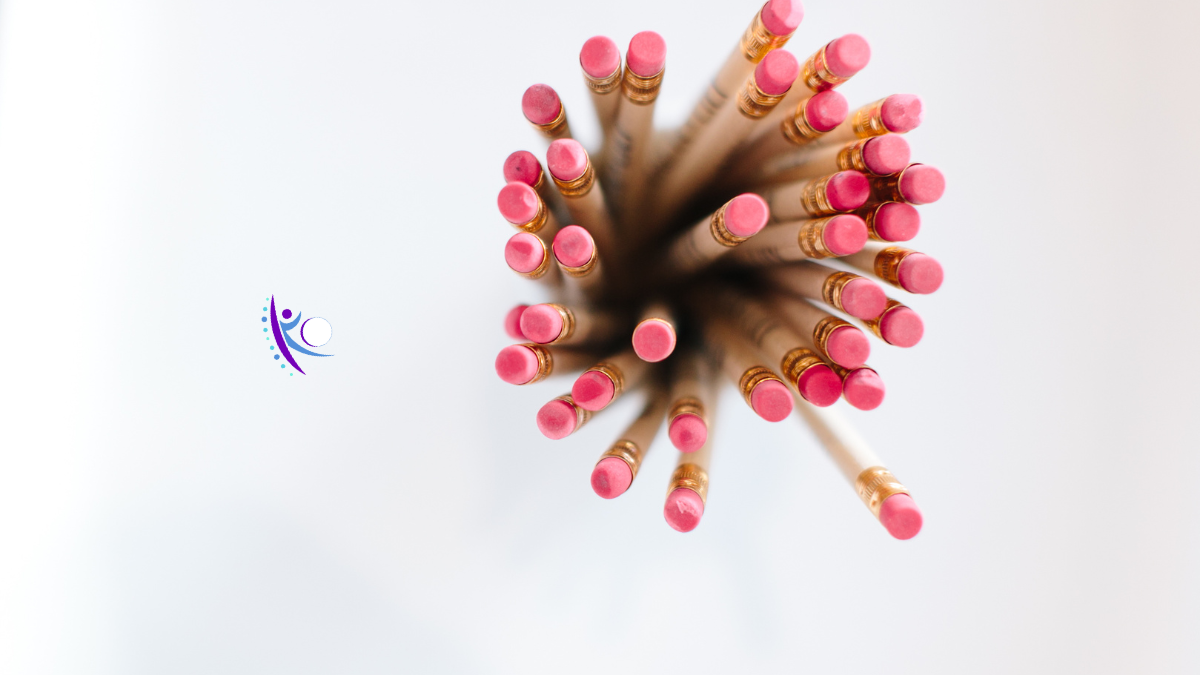Mindful Technology: Cultivating Balance in a Digital Age
Introduction
In today's fast-paced world, technology has become an integral part of our daily lives. From smartphones to social media, we're constantly connected, often at the expense of our mental well-being and work-life balance. But what if we could harness the power of technology mindfully, finding harmony between digital engagement and personal time? Let's explore strategies for achieving a healthier balance with mindful technology use.
Understanding the Impact of Technology
Technology has revolutionized the way we work, communicate, and live. While it offers countless benefits, excessive technology use can also lead to feelings of overwhelm, distraction, and disconnection from the present moment. Studies have shown that constant exposure to screens can disrupt sleep patterns, increase stress levels, and negatively impact mental health.
Here are some statistics that highlight the challenges related to technology use and work-life balance:
Smartphone Addiction: According to a survey by Deloitte, the average American checks their phone 96 times a day, with millennials checking even more frequently. This constant connectivity can lead to feelings of addiction and difficulty disconnecting from work, impacting work-life balance.
Impact on Sleep: Research published in the Journal of Clinical Sleep Medicine found that exposure to screens before bedtime can disrupt sleep patterns and reduce sleep quality. Nearly 90% of adults in a survey by the National Sleep Foundation reported using a digital device within an hour of bedtime, contributing to sleep disturbances.
Work-Related Stress: A study by the American Psychological Association found that 65% of Americans report that work is a significant source of stress, with technology often exacerbating this stress. Constant email notifications and the expectation of being available after hours can blur the boundaries between work and personal time, leading to burnout and reduced well-being.
Multitasking Challenges: Research from Stanford University found that multitasking with digital devices can impair cognitive function and productivity. Constantly switching between tasks and distractions can make it difficult for individuals to focus, leading to decreased efficiency and increased stress.
Impact on Mental Health: Studies have shown a correlation between excessive social media use and mental health issues such as anxiety and depression. A survey by the Royal Society for Public Health found that social media platforms like Instagram and Facebook have been associated with increased feelings of loneliness, negative body image, and low self-esteem.
Setting Boundaries with Devices
One key aspect of mindful technology use is setting boundaries with our devices. This involves establishing clear guidelines for when and how we engage with technology, ensuring that it enhances rather than detracts from our overall well-being. Some strategies for setting boundaries include:
Designating tech-free zones or times, such as during meals or before bedtime.
Turning off non-essential notifications to minimize distractions.
Setting limits on screen time and sticking to them using apps or built-in device features.
Implementing a "digital detox" day or weekend to recharge and reconnect with the offline world.
Integrating Mindful Tech Habits
In addition to setting boundaries, integrating mindful tech habits into our daily routines can help us cultivate a healthier relationship with technology.
Here are some tips to consider:
Practice digital mindfulness: Before reaching for your phone or computer, take a moment to check in with yourself. Ask yourself if your tech use aligns with your values and priorities in that moment.
Use technology intentionally: Instead of mindlessly scrolling through social media or email, use technology with purpose. Set specific goals or intentions for your tech use and focus on activities that align with those goals.
Cultivate presence: When using technology, strive to be fully present and engaged in the task at hand. Practice single-tasking rather than multitasking, and take regular breaks to rest and recharge.
Prioritize real-world connections: While technology can facilitate communication and connection, it's important to prioritize face-to-face interactions and meaningful relationships offline.
Here are some bonus resources that readers can explore for further information and support on mindful technology use:
"Digital Minimalism: Choosing a Focused Life in a Noisy World" by Cal Newport: This book offers practical strategies for reducing digital clutter and reclaiming control over technology use to lead a more intentional and fulfilling life.
"How to Break Up With Your Phone: The 30-Day Plan to Take Back Your Life" by Catherine Price: In this book, readers will find a step-by-step guide to breaking free from smartphone addiction and cultivating healthier habits with technology.
"Center for Humane Technology": This organization, founded by former tech insiders, offers resources and advocacy efforts aimed at promoting healthier relationships with technology and mitigating its negative impacts on society.
"The Mindful Tech Coach" Podcast by Robert Plotkin: This podcast explores topics related to mindful technology use, offering practical tips, interviews with experts, and guided meditations to help listeners navigate the digital world with greater awareness and intention.
"Forest" App: This mobile app helps users stay focused and reduce screen time by encouraging them to plant virtual trees while avoiding distractions. It's a fun and effective tool for practicing mindful tech habits.
These resources offer a variety of tools, insights, and support for readers interested in exploring mindful technology use further and incorporating healthier tech habits into their daily lives.
Conclusion
Mindful technology use is about finding balance in a digital world. By setting boundaries with devices and integrating mindful tech habits into our daily routines, we can reclaim control over our tech use and cultivate a healthier relationship with technology. Let's embrace the power of mindfulness to create a more intentional, fulfilling, and balanced life in the digital age.

















High-level executives often hire multiple specialists—sleep coaches, therapists, trainers—but conflicting advice creates chaos. The solution? A performance quarterback who coordinates all experts into one aligned system. Real results: better sleep, lower stress, 40% performance boost. #ExecutivePerformance #LeadershipAlignment #HighPerformance #ExecutiveCoaching #POWERProtocol #PeakPerformance #ExecutiveWellness